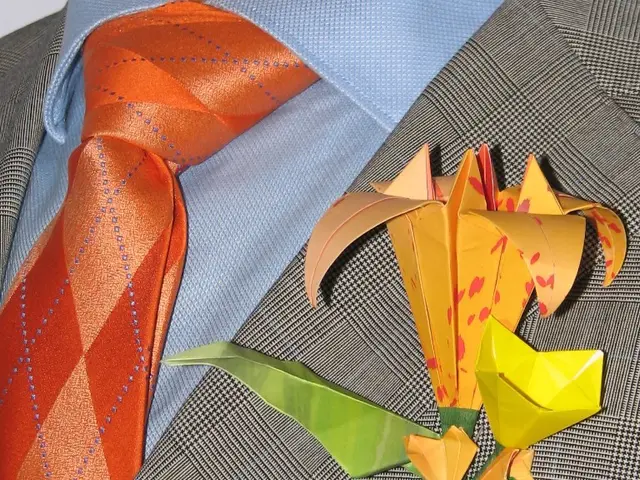Cultivating Borage: Tips on Planting, Irrigation, and Harvesting the Beloved Bee Herb
Bust Out That Shovel and Grow Some Borage!
Ready to add a unique herb to your garden? Growing borage is a breeze and offers you a beauty loved by bees with edible flowers perfect for tossing in your salad! Here's the lowdown on how to grow borage and take your herb garden from ho-hum to 'wow.'
Borage is a versatile herb, easy to grow, and a delightful change from the expected herbs we cultivate in the UK. If you're ready to dive into growing borage, follow along, and we'll walk you through the process.
Gearing Up
- Borage Seeds: Grab some borage seeds, like Borago officinalis seeds from Thompson & Morgan**
- Tools: Get yourself some Spear & Jackson Razorsharp Precision Snips from Amazon and a Hardys 5L Watering Can from B&Q
The Lowdown
1. Find the Perfect Spot
While borage can grow in pots, garden experts recommend growing it directly in garden borders or beds. It thrives in a sunny spot with well-drained, light soil. Plus, it's an excellent companion plant for strawberries!
2. Plant the Seeds
Borage is generally grown from seed, spaced around 30cm apart. You can speed things up by refrigerating the seeds for two weeks prior to sowing. Be patient – seedlings might take a week or two to pop up!
3. Slim 'Em Down
Borage sprouts quickly and requires plenty of space. Thin out the seedlings to around 60cm apart once they appear to ensure healthy plants, with proper airflow to combat powdery mildew.
4. Water and Feed (Sparingly)
Although borage is a low-maintenance herb, it appreciates consistent watering, especially during dry spells. Remember: avoid waterlogging! Borage doesn't need much feeding, and over-fertilizing can lead to more leaves and fewer flowers.
5. Harvest and Enjoy
Borage plants tend to mature within 8 weeks, at which point, you can begin harvesting the leaves, stems, and beautiful, edible sky-blue flowers. Use sharp snips or scissors when harvesting, and pick what you need since fresh is best for borage!
FAQs
What Should Not Be Planted Next to Borage?
While borage is a fantastic companion plant for strawberries, you'll want to steer clear of planting it near potatoes and fennel. Potatoes can spread blight to borage, while fennel doesn't play nicely with borage.
What Parts of Borage Are Edible?
Borage has many edible parts – leaves, stems, and flowers. Enjoy them fresh in salads, use the flowers as a beautiful garnish, or freeze the flowers into ice cubes for a creative twist on summer drinks. With a bit of scraping, the stems can be cooked just like any other vegetable.
And that's it! With its striking beauty and tasty edible parts, growing borage is simple and oh-so-rewarding. Get growing and impress your friends with your home-grown, bee-friendly herb!
For more style and decor inspiration, garden tips, and more, subscribe to our newsletter!
With its enchanting beauty and edible parts, borage is a unique addition to home-and-garden life, perfect for bee-loving gardeners seeking a change from the traditional herbs. To cultivate this captivating plant, consider planting it in your home-and-garden, taking advantage of its ease of growth and versatility.








